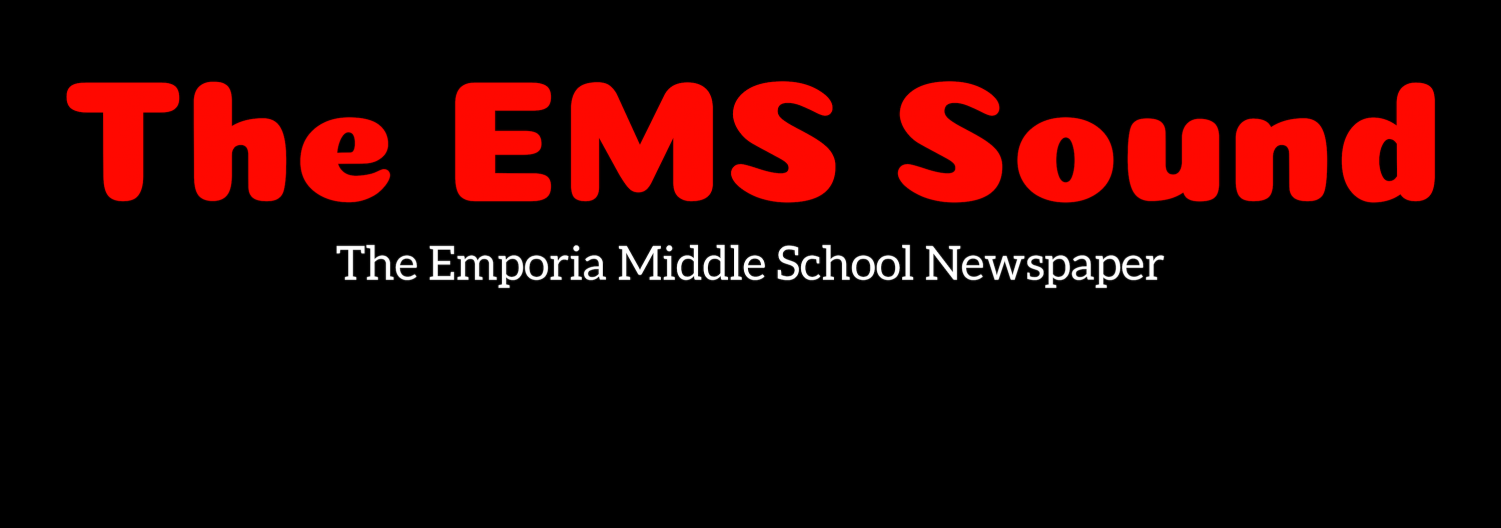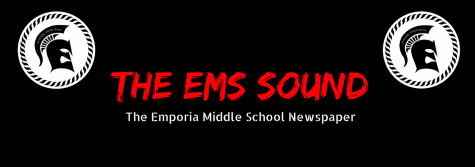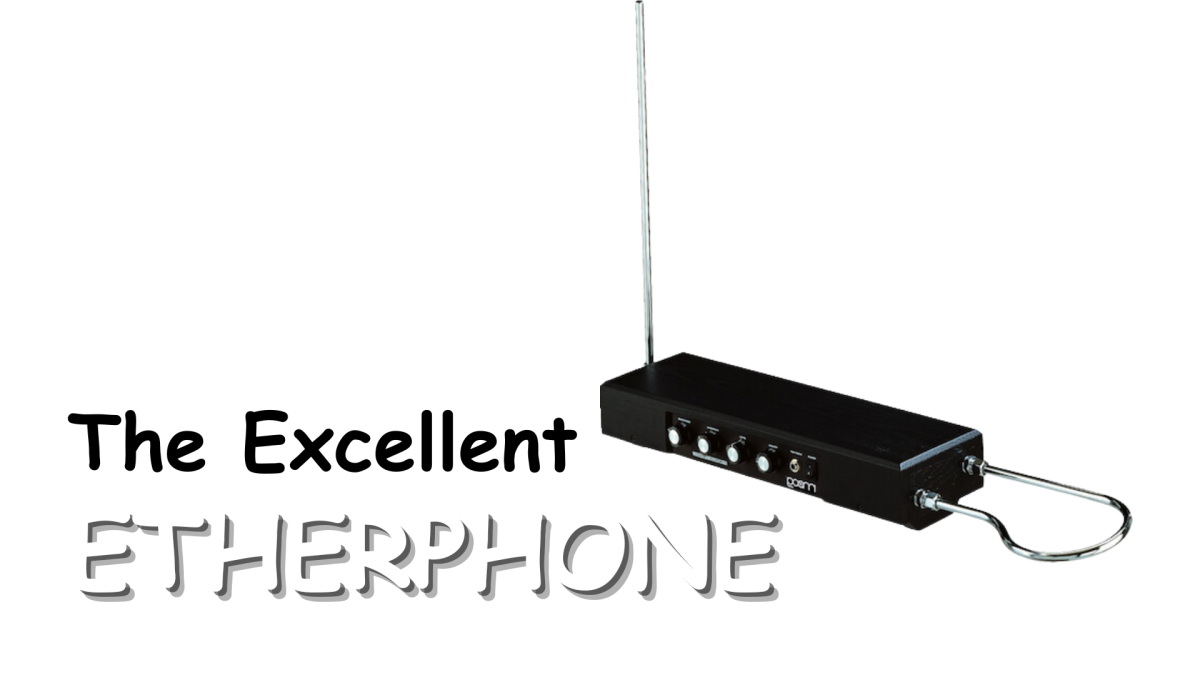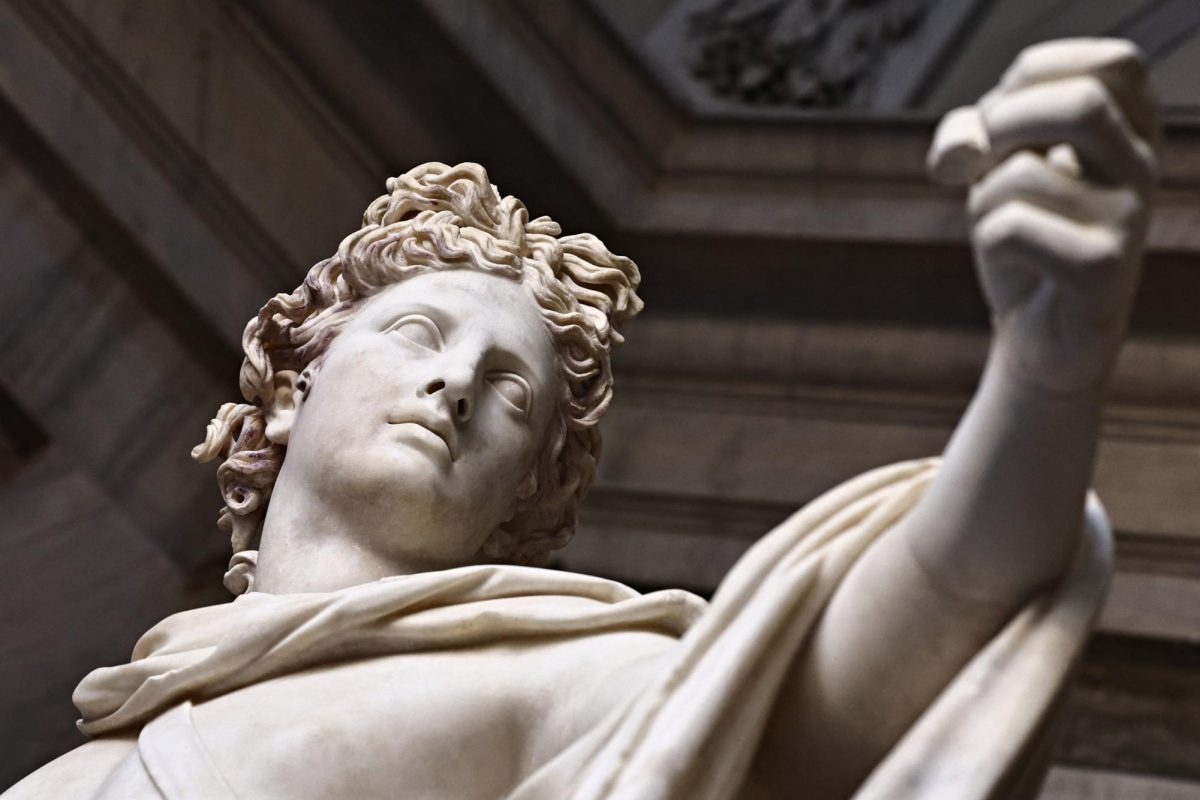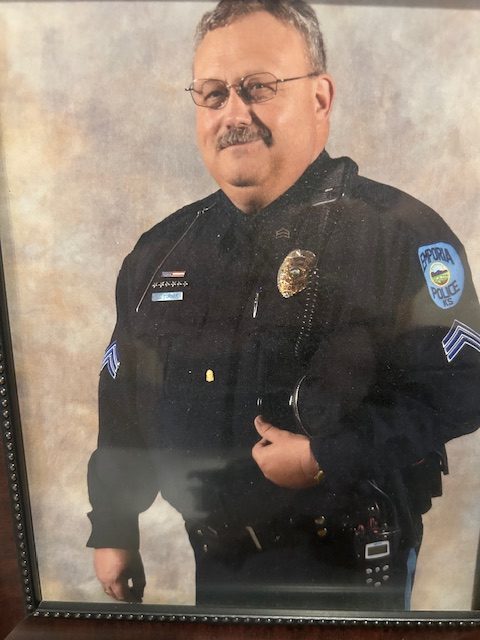If I asked you what a radio does, what would you say? Well, you probably say something along the lines of it playing music, but what if I told you it could also make music? That’s exactly what the etherphone, the instrument I’ll talk about today, can do! The etherphone is more widely known as the theremin, but it was originally called the etherphone, so I’m sticking to etherphone. Today I’ll talk about what the etherphone is, how it works, how it was made, and what it’s used in.
So what is the etherphone? The etherphone is basically an instrument that you don’t have to touch to play since it uses proximity sensors. Proximity sensors are sensors that detect how close anything is to it and sends out an electrical current accordant to how close the object is. In this case, the etherphone puts the electricity into sound, one antenna for pitch, and the other for volume. The antenna used to change the volume is horizontal and curved, while the antenna used to change pitch is vertical and straight. To play the etherphone, you move your hands at different distances from the two antennas to make a song, but you must have a clear room so the proximity sensors don’t detect anything but your hands.
The etherphone has a very interesting backstory that you probably didn’t expect. The etherphone was actually funded by the Soviet Union for the research of proximity sensors. The Soviet Union or USSR was a country before 1991 composed of Russia, Ukraine, Belarus, and many other countries. In the etherphone’s time period, the Soviet Union and the United States were constantly butting heads for one or the other inventing new technology. Whether it was space travel or radios, the two governments were always trying to be better than each other to because they were the two biggest militaries at the time. Leon Theremin, the etherphone’s inventor, ironically moved to the U.S. after the etherphone was finished, and was later patented in New York City, in 1928. One year later would be the Great Depression, causing the etherphone to be a major failure since many would-be customers ended up broke.
About 50 years after the Great Depression, the etherphone started to gain popularity again. Weirdly enough, the etherphone was particularly used in rock music. Some songs with the etherphone include “Velouria” by Pixies, “Good Vibrations” by The Beach Boys, and “Whole Lotta Love” by Led Zepplin. Not only is the etherphone in lots of songs, but it’s also used in lots of entertainment in general. Lots of movies and games use the etherphone for spooky sounds, like the theme for Luigi’s Mansion, a game about a haunted house, and the warped high-pitched sounds in the original Ghostbusters movie. The etherphone is also used in concert music. Some famous concert etherphone players include Carolina Eyck, Dorit Chrysler, and Clara Rockmore.
The etherphone is a pretty wacky instrument. It serves as not only an instrument, but a big part of developing the radio, something millions of people use every day. I think the etherphone sounds really relaxing, similar to an erhu. You can listen to a modern theremin in this video, playing a song you’re probably familiar with if you live in Kansas. Recently, Moog Music, one of the only theremin producers left, released a new theremin model called the etherwave, a nod to the theremin’s original name. Overall, the etherphone is a cool instrument that I think should be used more frequently for its unique synth-y sound. Toodles.
